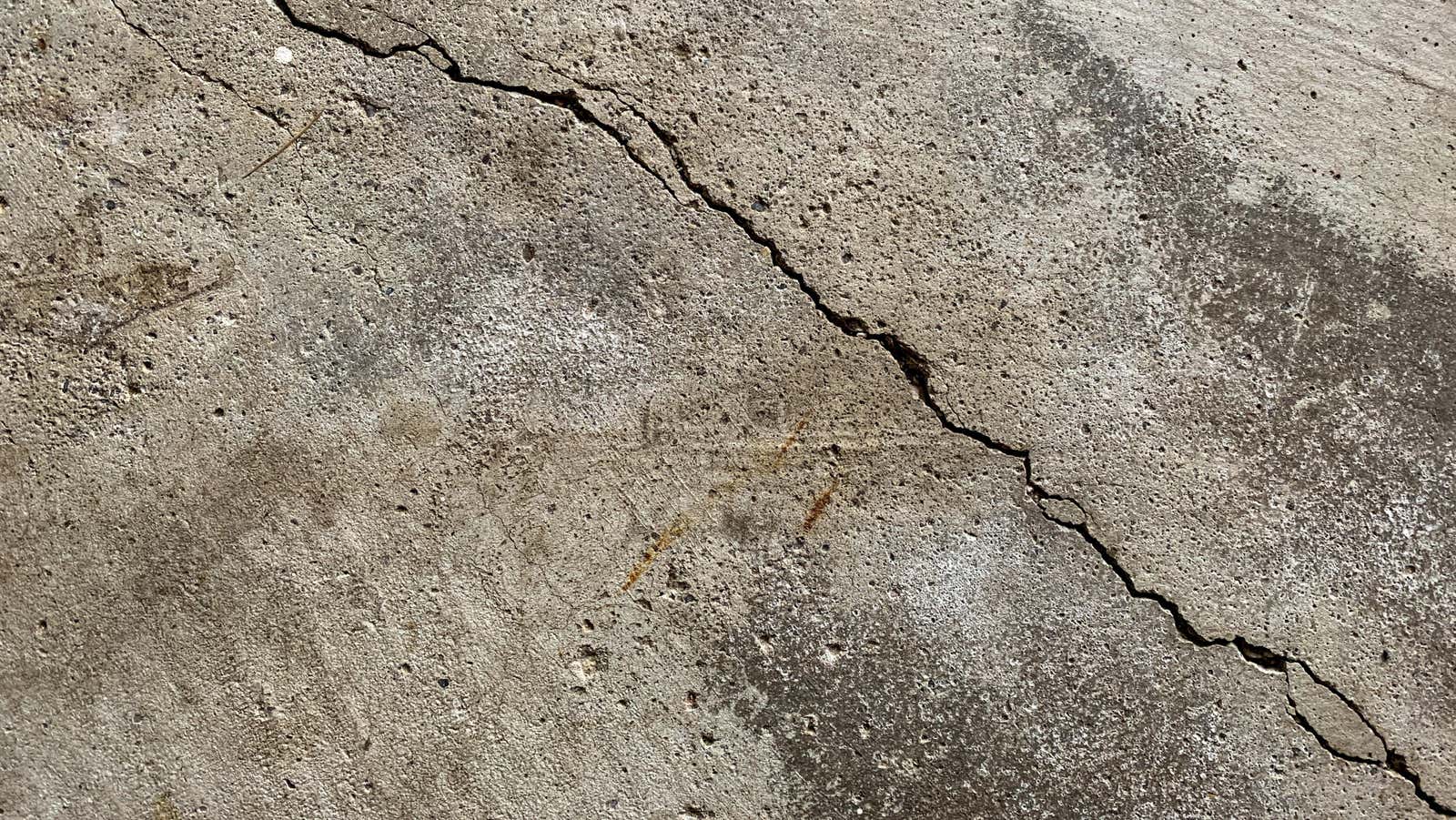Should You Be Worried About This Crack in Your Foundation?

Cracks in the foundation can be a nightmare for homeowners. They conjure up visions of excessive repair bills, or worse, a once-functioning structure being demolished. But not all foundations are the same, and not all foundation cracks are the same. There are some cracks that are not that important, and some can be repaired quite simply. However, those that threaten the structural integrity of your home can be dangerous and expensive to fix. Here’s how to recognize the difference so you know when to call a professional.
Main types of foundations and warning signs
Three main types of foundation: basement, underground and concrete. They will all have different stats, but all three will have the same warning signs outside of a visible crack if you have a problem. Look for doors and door frames that are out of alignment when they were square and level, floor slope shifting, or dampness in the basement or underground, or coming from the floor. These are all signs that you have a foundation problem that needs to be addressed.
How to tell if a crack in a concrete slab is large or small
Cracks may appear on the concrete slab, which do not pose a threat. As a rule, they are small, no more than one eighth of an inch, do not allow moisture to pass through and remain in the same position, while the crack does not grow and does not move up or down on both sides. This can be the result of deficiencies in the curing process of the concrete and are usually maintenance free. If you’re unsure, there’s nothing wrong with having it checked by a professional, as checking is a lot cheaper than a foundation leak left unattended.
Problem cracks may appear wet, show some movement, either widening or rising or falling on one side, or may be wider than an eighth inch. If any of these characteristics are present, you should call a foundation expert to inspect your slab as soon as possible. Some stove issues can be fixed, but you don’t want to wait too long for the situation to get worse before fixing it.
Warning signs of concrete foundation cracks
On a foundation wall, the material that the foundation wall is made of matters in assessing the severity of the crack. For concrete wall foundations, many of the same rules apply as for slabs. Small cracks that show no signs of moisture or movement, especially those that only appear above the soil line, may be defects that occurred during the pouring of the concrete. Large diagonal cracks running from corner to corner of the wall, vertical cracks that appear below the soil line, or any cracks that allow water to pass through, move, bend, or are larger than eight inches should be repaired with the help of a foundation expert.
Warning Signs of Cracks in a Block or Brick Building Foundation
For foundation walls made of brick or concrete blocks, a crack in the mortar is generally not as much of an issue as cracks that run through the block or the bricks themselves, as the mortar is the weakest part of the structure and is often worn first. Also, the mortar can be repaired. However, if the bricks or blocks are separating from each other, moving in or out, chipped or damp, you may have a more serious problem. Ask a specialist to evaluate the problem to avoid further problems.